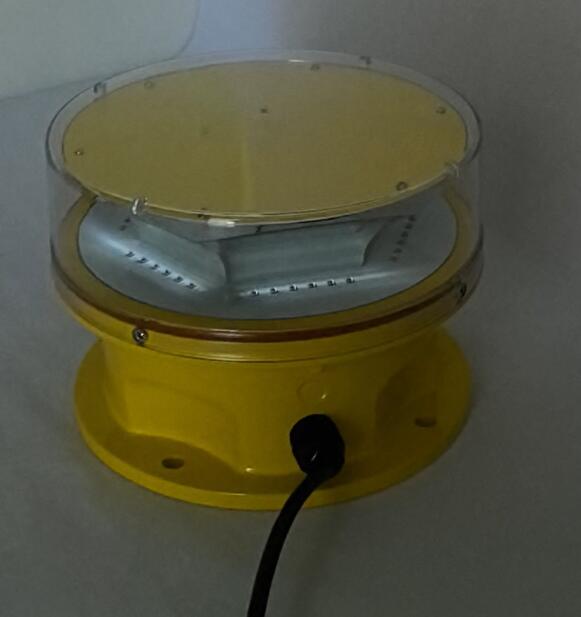Obstruction Lighting System: A Key to Navigational Safety
In a world increasingly defined by urban expansion and tall structures, obstruction lighting systems have become indispensable. These systems ensure that obstacles such as towers, skyscrapers, and wind turbines are visible to pilots, drivers, and mariners, safeguarding lives and property. Designed to comply with stringent safety standards, obstruction lighting systems are vital in aviation, construction, and maritime sectors. This article explores their features, applications, and advantages, emphasizing their critical role in modern infrastructure.
What is an Obstruction Lighting System?
An obstruction lighting system is a safety solution used to mark tall structures and potential hazards. It employs specialized lighting devices, often with high-intensity LEDs, to make obstacles visible at night and during low-visibility conditions. These systems are essential for compliance with safety regulations established by aviation authorities and other regulatory bodies.
Core Components of an Obstruction Lighting System
Lighting Fixtures: High-intensity lamps or LED units provide the illumination required to mark structures effectively.
Power Supply Units: Ensure consistent performance, often with solar or hybrid power options for remote locations.
Control Systems: Advanced systems allow for automated operation, monitoring, and diagnostics.
Mounting Hardware: Durable materials secure the fixtures in place, even under extreme weather conditions.
Backup Batteries: Maintain functionality during power outages to ensure continuous safety.
Applications of Obstruction Lighting Systems
Aviation: Used to mark tall buildings, antennas, and towers to alert pilots and prevent collisions.
Wind Farms: Illuminate wind turbines to make them visible to aircraft and nearby vessels.
Construction Sites: Temporary obstruction lighting ensures safety around cranes and scaffolding.
Maritime: Marks offshore platforms and navigation hazards, aiding ships and boats.
Telecommunications: Installed on communication towers to meet regulatory requirements and ensure aerial safety.

Benefits of Obstruction Lighting Systems
Enhanced Safety: The primary purpose of these systems is to prevent accidents by making obstacles visible at all times.
Regulatory Compliance: Ensures adherence to guidelines set by bodies such as the FAA (Federal Aviation Administration) or ICAO (International Civil Aviation Organization).
Energy Efficiency: Modern LED-based systems consume less power while delivering high brightness.
Durability: Designed to withstand harsh weather, including heavy rain, snow, and high winds.
| Obstruction Lighting Systems |
| Obstruction Lighting System |
Automation: Intelligent systems reduce manual intervention by enabling remote monitoring and automated control.
Types of Obstruction Lighting Systems
Low-Intensity Lights: Suitable for structures below 45 meters, typically used in urban areas.
Medium-Intensity Lights: Used for buildings and obstacles between 45 and 150 meters tall, offering better visibility.
High-Intensity Lights: Required for structures above 150 meters, providing visibility over long distances.
Dual Lighting Systems: Combine day and night lighting capabilities, switching between white and red lights based on ambient conditions.
Choosing the Right Obstruction Lighting System
Selecting an obstruction lighting system involves evaluating several factors:
Height and Location of Structure: Different intensities are required depending on the structure’s height and its proximity to airways or shipping lanes.
Power Source: Consider whether the system will use grid power, solar energy, or a hybrid setup.
Weather Resistance: Ensure the system is designed to withstand local environmental conditions.
Regulatory Requirements: Choose a system that meets the standards set by local or international aviation authorities.
Ease of Maintenance: Opt for systems with minimal maintenance requirements and easy access for repairs.
Technological Advancements in Obstruction Lighting Systems
The obstruction lighting industry is rapidly evolving, with technological innovations driving improvements in performance and efficiency:
LED Technology: High-efficiency LEDs provide better brightness, lower energy consumption, and longer lifespans.
Remote Monitoring: IoT-enabled systems allow operators to monitor performance and receive alerts for maintenance needs.
GPS Synchronization: Enables precise flashing patterns across multiple fixtures, improving visibility and coordination.
Solar Power Integration: Expands usability in remote areas by reducing reliance on traditional power grids.
Smart Control Systems: Automatically adjust brightness based on ambient light conditions or weather changes.
Environmental Impact of Obstruction Lighting Systems
Modern obstruction lighting systems are designed with sustainability in mind. LED lights consume less energy and have longer lifespans, reducing waste and the need for frequent replacements. Solar-powered systems further minimize environmental impact, particularly in remote or off-grid locations.
Challenges and Solutions
High Initial Cost: Advanced systems may require significant upfront investment, but their energy efficiency and low maintenance costs provide long-term savings.
Remote Installation: Solar-powered and hybrid systems address the challenge of powering lighting in isolated areas.
Regulatory Compliance: Manufacturers now offer pre-certified systems, simplifying the approval process for end users.
The Future of Obstruction Lighting Systems
The future of obstruction lighting systems lies in smarter, more sustainable solutions. Trends such as AI-driven maintenance diagnostics, enhanced connectivity, and energy-efficient designs will further optimize performance. As urbanization and infrastructure projects expand, the demand for reliable obstruction lighting systems will continue to grow.
An obstruction lighting system is more than a safety measure—it is a critical component of modern infrastructure. By ensuring that structures are visible at all times, these systems save lives, prevent accidents, and promote compliance with safety regulations.
As technology advances, obstruction lighting systems are becoming more efficient, sustainable, and adaptable to various applications. Whether marking a skyscraper in a bustling city or a wind turbine in a remote location, these systems illuminate the way to a safer and more connected world.
